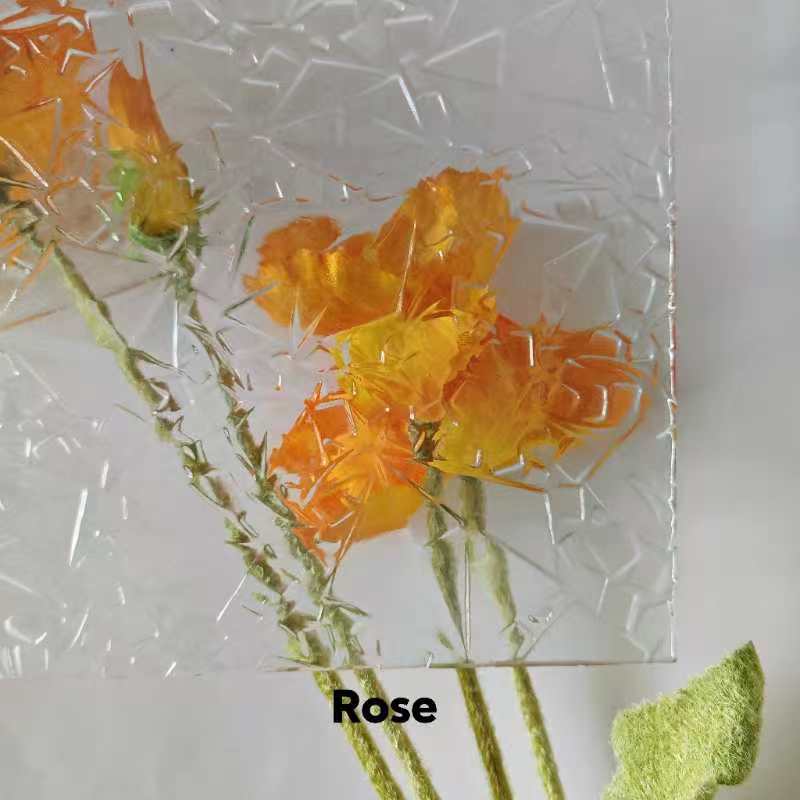

The Charm of Plain Mirror Glass A Reflection on Its Versatility and Aesthetic Appeal
Plain mirror glass has been a staple element in architecture and design for centuries. Its ability to reflect light and create an illusion of space has made it an essential component in homes, offices, and public spaces alike. However, the charm of plain mirror glass goes beyond mere functionality. Its aesthetic appeal, versatility, and transformative power make it a beloved material in the world of design.
At its core, plain mirror glass is a simple yet sophisticated material. Made by applying a reflective coating to the back of a sheet of glass, it offers a clear and unobstructed reflection that can enhance the visual experience of any environment. One of the most significant advantages of mirror glass is its ability to create the illusion of depth. In smaller spaces, such as apartments or compact offices, strategically placed mirrors can make a room feel larger and more open. This effect is not only beneficial for functionality but also contributes to a sense of well-being and comfort.
Moreover, mirror glass plays a crucial role in enhancing natural light within a space. It reflects and distributes light, brightening up dark corners and creating a more inviting atmosphere. In homes, this can be particularly important in areas like hallways or bathrooms, where natural light may be limited. The reflection of sunlight through mirrors can create a warm and radiant environment, making daily living spaces feel more alive and vibrant.

The versatility of plain mirror glass extends to its design applications. It can be found in various forms, from large wall mirrors that serve as statement pieces to smaller decorative accents. In modern design, mirror glass is often used as a cladding material for walls and furniture, adding a layer of elegance and sophistication. This reflective surface can complement any style—from minimalist and contemporary to more traditional or eclectic designs. One can even find mirror glass in unexpected places, such as in art installations or as part of architectural features, showcasing its ability to transcend standard uses.
In addition to its aesthetic benefits, mirror glass also invites creativity and innovation. Designers often play with different shapes, sizes, and arrangements of mirrors to achieve unique visual effects. For example, fragmented mirror designs can create a sense of movement and dynamism, while circular mirrors can soften hard lines and add a touch of whimsy. The possibilities are endless, limited only by the imagination of the designer and the needs of the space.
Despite its many advantages, the maintenance of plain mirror glass should not be overlooked. Keeping it clean and free from smudges is essential to maintaining its reflective quality and visual appeal. Regular cleaning with appropriate products can ensure that mirrors continue to shine and contribute to the overall elegance of a space.
In conclusion, plain mirror glass is more than just a reflective surface; it is a powerful design tool that brings light, depth, and beauty to our surroundings. Its versatility allows it to adapt to various styles and settings, making it an indispensable part of modern design. As we continue to explore new ways to incorporate this timeless material into our lives, the charm of plain mirror glass will undoubtedly endure, captivating our senses and enriching our experiences. Whether in a contemporary loft, a cozy home, or an upscale office, plain mirror glass remains a beloved element that reflects not just our images but also our aspirations.